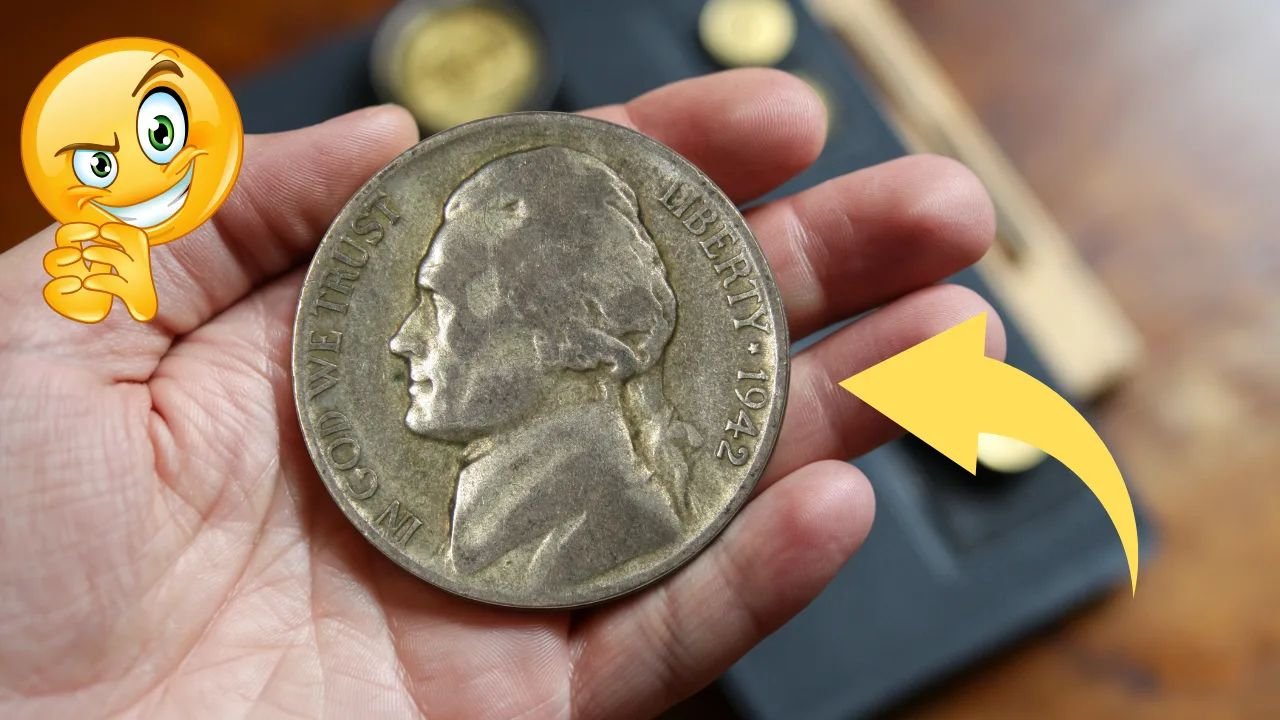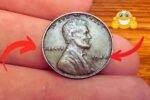Nickel’s Design Was Meant to Be Temporary: What began as a temporary solution to wartime shortages has become one of America’s most beloved coins. The Jefferson “wartime nickel,” minted from 1942 to 1945, was never intended to be a permanent design. Yet today, these humble five-cent pieces command attention from collectors and historians alike, serving as tangible reminders of America’s homefront efforts during World War II.
A Coin Forged by Necessity
As World War II intensified, the U.S. government faced an unexpected challenge – the nickel in five-cent coins was desperately needed for armor plating and military equipment. In a remarkable adaptation, the Mint developed an alternative composition: 56% copper, 35% silver, and 9% manganese. This emergency alloy not only solved the material shortage but inadvertently created one of the most distinctive coins in U.S. history. The large mint marks above Monticello, including Philadelphia’s first-ever “P” mint mark, made these coins instantly recognizable.
More Than Metal: Symbols of Sacrifice
Beyond their unusual composition, these nickels represented the collective sacrifice of everyday Americans during wartime. While most citizens would never see battlefields, everyone could hold these modified coins and understand they were contributing to the war effort in small but meaningful ways. The coins became pocket-sized ambassadors of national unity, circulating alongside ration books and war bonds as physical manifestations of the homefront experience.
Unexpected Longevity of a Temporary Design
Though intended only as a wartime measure, these silver-alloy nickels have enjoyed remarkable staying power in the numismatic world. Their distinctive appearance and historical significance make them perennial favorites among collectors. Unlike many rare coins that require substantial investment, wartime nickels remain accessible to beginners while still offering the thrill of holding a piece of history. Even in circulated condition, their silver content typically makes them worth several times their face value.
Why Collectors Still Treasure Them Today
Modern collectors appreciate these nickels for multiple reasons. The silver content provides intrinsic value, the wartime connection offers historical interest, and the distinctive large mint marks add visual appeal. For many, the most compelling aspect is how these ordinary objects connect us to extraordinary times. Each surviving nickel represents a story – perhaps passed through the hands of a factory worker, a soldier’s family, or a child collecting scrap metal for the war effort.
A Legacy That Outlasted the War
The wartime nickel’s journey from temporary solution to numismatic treasure reminds us that value isn’t always about rarity or precious metals. Sometimes the most meaningful coins are those that capture a moment in history. As digital payments become increasingly dominant, these physical artifacts gain new importance as touchstones to our past. They encourage us to consider how everyday objects can become historical documents, and how crises can inspire innovation that outlasts the original need.
For collectors and history enthusiasts, the wartime nickel represents more than five cents worth of silver alloy. It’s a pocket-sized piece of American resilience, a reminder that even temporary measures can leave permanent marks on our national story. The next time you encounter an old nickel in your change, take a closer look – you might be holding a silver-lined piece of history.



